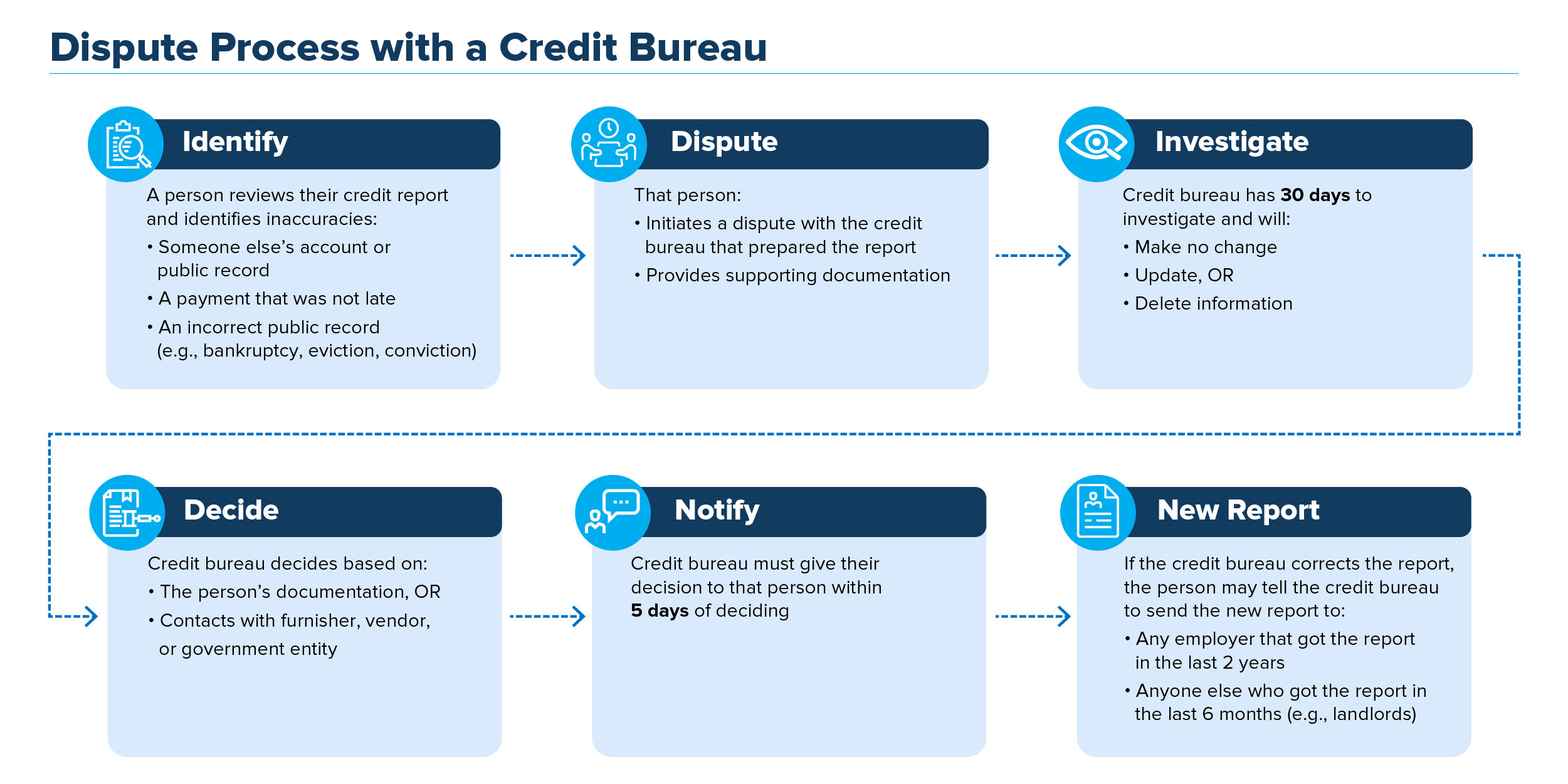2. credit Quality assessment: assessing the credit quality of loans is crucial for effective collection government. Financial institutions need to carefully evaluate borrowers’ creditworthiness, taking into account factors such as income, collateral, credit history, and the purpose of the loan. For instance, a bank might assign credit ratings to money according to research by the borrower’s risk profile. This helps in distinguishing high-exposure loans that require closer monitoring and potential mitigation strategies.
3. Monitoring and Reporting: loan portfolio management involves continuous keeping track of and you can reporting away from trick metrics to ensure the portfolio’s health and performance. Financial institutions use various tools and systems to track and analyze loan data, including loan origination, payment history, delinquency rates, and default rates. Regular reporting enables institutions to identify trends, assess the portfolio’s overall performance, and make informed decisions regarding risk mitigation or strategic adjustments.
Because of the knowing the intricacies off financing collection government, financial institutions is also navigate the issues regarding an energetic credit environment while you are boosting profitability and reducing risk

4. Risk Management: Effective loan portfolio management requires robust risk management practices. Financial institutions need to identify, measure, and control the different types of risks associated with loans, such as credit risk, rate of interest chance, liquidity risk, and operational risk. For example, establishing credit limits, form appropriate interest levels, and implementing risk minimization procedures like financing losses provisions are essential to ensure the portfolio’s stability and profitability.
5. Regulatory Compliance: Financial institutions must adhere to regulatory requirements governing loan portfolios. These regulations aim to safeguard the interests of both the lending institution and the borrowerspliance includes maintaining adequate capital reserves, conducting worry evaluating, and adhering to reporting standards. For instance, banks may be required to maintain a particular resource adequacy ratio and provide regular disclosures on their loan portfolio’s composition and performance.
Sooner or later, dealing with financing portfolios is an intricate activity you to means a holistic method, consolidating exposure government, diversification, credit assessment, overseeing, and you can compliance.
Loan repayment metrics are measurements used to evaluate a borrower’s ability to make timely repayments. These metrics provide insights into the borrower’s financial situation, indicating the likelihood of loan default and the overall risk associated with lending. By analyzing these metrics, lenders can assess the creditworthiness of potential loans in Colorado Springs borrowers and make advised behavior from financing approval and terms.
step 1. debt-to-Earnings ratio (DTI): That it metric compares good borrower’s overall monthly loans payments on their month-to-month income. It helps lenders gauge the borrower’s ability to accept even more obligations and also make fast payments.
Example: What if John provides a month-to-month money of $5,000 and you may will pay $step one,2 hundred on the existing debt burden, and additionally auto loans and you will credit card money
His DTI ratio could well be 24% ($step 1,200 / $5,000), proving that he features 76% away from his monthly earnings available to shelter the mortgage money.
dos. Loan-to-Worthy of Ratio (LTV): LTV proportion measures up the borrowed funds amount to new appraised value of the fresh new equity protecting the loan. Its popular during the mortgage financing to evaluate the chance regarding financing resistant to the property’s well worth.
Example: Sarah wants to buy a house valued on $3 hundred,000 and enforce for a mortgage loan off $250,000. Her LTV proportion could be % ($250,000 / $3 hundred,000), and therefore demonstrates that the borrowed funds count are % of one’s property’s worth.
3. payment-to-Income ratio (PTI): PTI ratio actions brand new borrower’s feature to meet loan payments based on their monthly income. It considers the loan payment as a percentage of the borrower’s gross monthly income.
Example: Draw produces $6,000 30 days and you will would like to obtain a consumer loan which have a payment from $step 1,000. Their PTI proportion is % ($step one,000 / $six,000), indicating the financing fee is the reason % off their monthly earnings.
